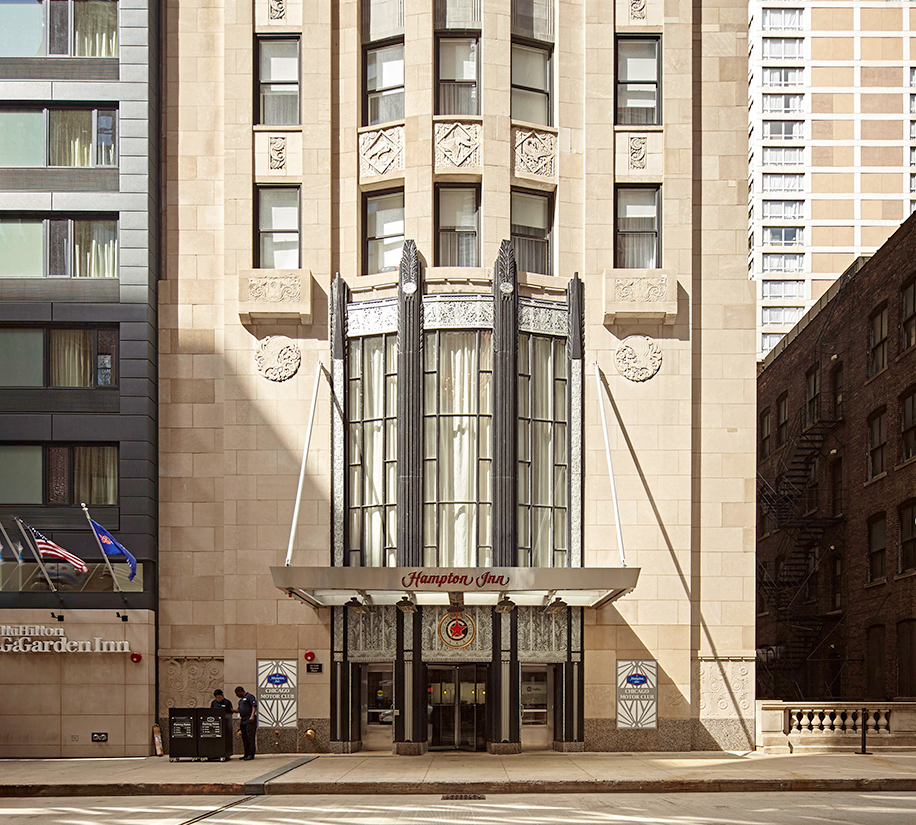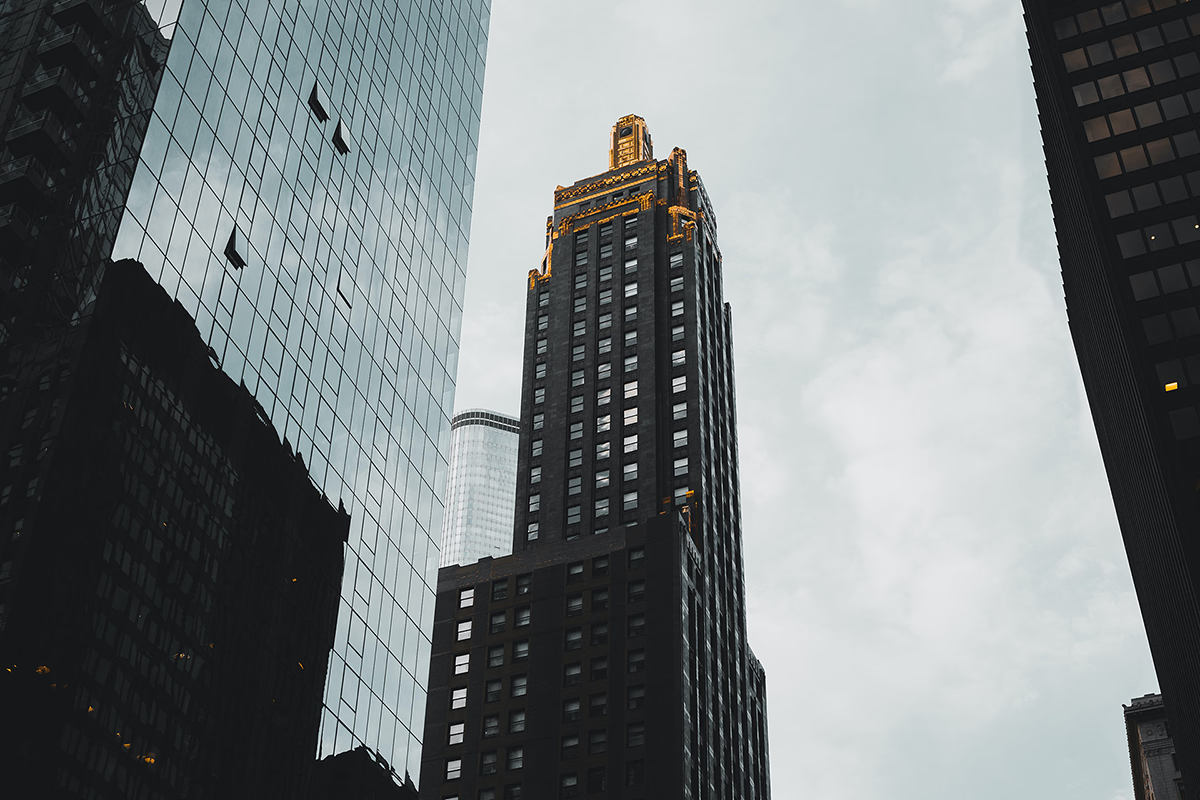Chicago Motor Club Building vs Carbide & Carbon Building


Comparing the Chicago Motor Club Building and the Carbide & Carbon Building is interesting because they both stand in Chicago, IL, and were completed in the same year, but they were designed by different architects.
This offers a unique glimpse at how rival designers approached projects in the same city during the same era.
Height & Size
The Carbide & Carbon Building is clearly the larger tower of the two, both in terms of height and number of floors. It rises to 502ft (153m) with 37 floors above ground, while the Chicago Motor Club Building reaches 236ft (72m) with 17 floors above ground.
Of course, each project may have faced different briefs or regulatory constraints, which we don't really know about and could also explain the outcome.
Architectural Style
Both the Chicago Motor Club Building and the Carbide & Carbon Building were designed in line with the aesthetic conventions of the Art Deco style.
At the time, this style was at the height of its popularity. So both Holabird & Root and Burnham Brothers followed what was in many ways expected of them, producing designs that fit comfortably within contemporary architectural norms, rather than breaking with convention.
Uses
Both the Chicago Motor Club Building and the Carbide & Carbon Building are primarily hotel towers, serving similar roles in the urban fabric.
However, both of them have shifted purpose since their completion. The Chicago Motor Club Building evolved from commercial to hotel, while the Carbide & Carbon Building moved from commercial to hotel.
Both towers incorporate hotels as part of their program. The Chicago Motor Club Building features a 3-star hotel with rooms, while the Carbide & Carbon Building includes a 4-star hotel with 396 rooms. For more details, see the official website of the Chicago Motor Club Building. You can also visit the official website of the Carbide & Carbon Building.
Structure & Facade
Both the Chicago Motor Club Building and the Carbide & Carbon Building rely on a Frame structural system.
A frame structure uses a grid of columns and beams to carry the building's loads. This frees the walls from structural duties, allowing for flexible floor plans and larger windows.
They also employ the same type of facade, a Masonry facade.
A masonry facade gives the building a heavier, more traditional appearance. It often conceals a frame structure behind it, creating the look of solid walls without carrying the main loads.
| Chicago Motor Club Building | Carbide & Carbon Building | |
|---|---|---|
| Holabird & Root | Architect | Burnham Brothers |
| 1929 | Year Completed | 1929 |
| Art Deco | Architectural Style | Art Deco |
| Commercial | Original Use | Commercial |
| Hotel | Current Use | Hotel |
| 17 | Floors Above Ground | 37 |
| 72 m | Height (m) | 153 m |
| Frame | Structure Type | Frame |
| Steel | Vertical Structure Material | Steel |
| Concrete | Horizontal Structure Material | Reinforced Concrete |
| No | Facade Structural? | No |
| IL | State | IL |
| Chicago | City | Chicago |
| 66 E. South Water Street (68 E. Wacker Place) | Address | 230 Michigan Ave |